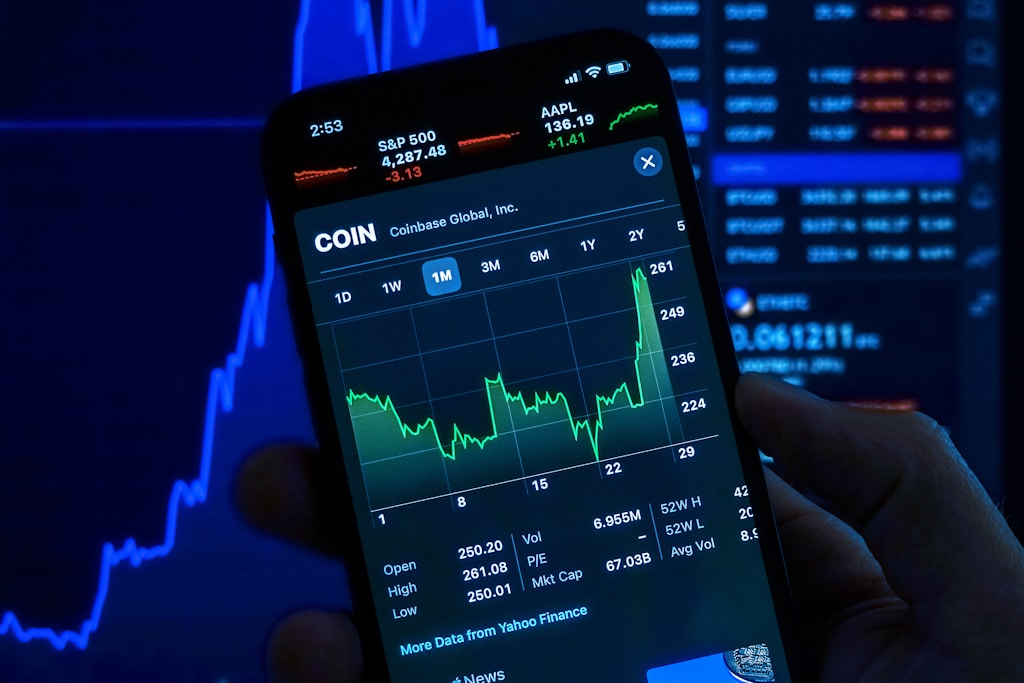Bloomberg Intelligence’s chief commodity strategist Mike McGlone has issued a stark warning for Dogecoin (DOGE) holders, comparing current market conditions to the devastating 1929 stock market crash. This analysis comes amid broader market uncertainty that has recently pushed Bitcoin below $84,000.
McGlone’s Historical Market Comparison
In a detailed analysis shared on X (formerly Twitter), McGlone drew parallels between Dogecoin’s current market position and two significant historical market crashes – the 1929 stock market collapse and the 1999 dot-com bubble. The comparison suggests that DOGE could be heading toward a significant price correction.
Bitcoin-Gold Ratio as a Warning Signal
McGlone’s analysis reveals a striking correlation between Dogecoin’s market capitalization and the Bitcoin-to-gold ratio. This relationship suggests that DOGE’s price movements are increasingly vulnerable to broader market forces, particularly during periods of risk-off sentiment.
SPONSORED
Trade Dogecoin with up to 100x leverage and maximize your profit potential
Gold’s Potential $4,000 Target
The strategist suggests that gold could reach $4,000 per ounce, potentially benefiting from a rotation out of cryptocurrencies and other risk assets. This prediction aligns with recent warnings from Cathie Wood about the future of meme coins.
Market Implications and Technical Analysis
At press time, DOGE trades at $0.16663, with several technical indicators suggesting increased volatility ahead. The correlation with traditional market metrics and bond yields presents additional risk factors for Dogecoin investors.
FAQ Section
Q: What historical events is McGlone comparing to Dogecoin’s current situation?
A: McGlone draws parallels to the 1929 stock market crash and the 1999 dot-com bubble.
Q: What is the key indicator McGlone is watching?
A: The ratio between Bitcoin and gold prices, which has been closely correlated with Dogecoin’s market cap.
Q: What is the potential impact on gold prices?
A: McGlone suggests gold could reach $4,000 per ounce as investors rotate out of risk assets.
